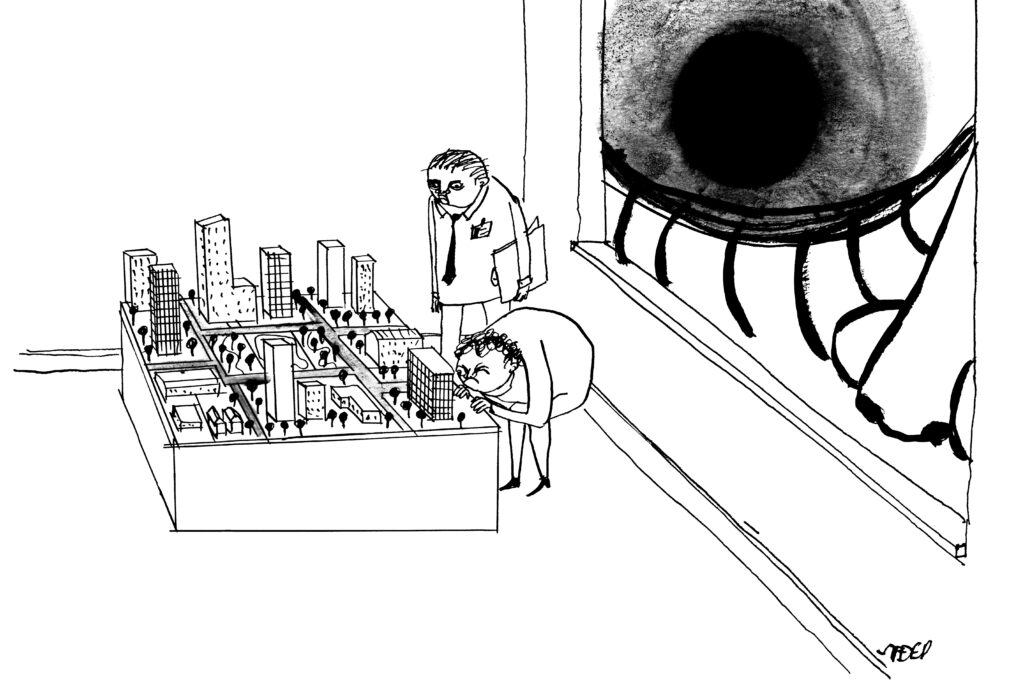When leading a meeting or presentation, it’s never a bad idea to consider that your busy audience might have been tempted to skip it. To recapture their attention, prepare your remarks as if listeners were in the middle of the biggest crisis of their week and only you possess the information they need to get through it.
On September 14, 2005, I found myself in a professional pinch, though nothing approaching the bind my client was experiencing that day. A year earlier, I had been commissioned by the Board of Governors of The American Red Cross to look into ways to improve the organization’s disaster relief and blood products divisions. At the conclusion of my work, I was asked to present a summary of my recommendations to Red Cross president Marsha Evans.
Six weeks earlier, “Marty” had presided over disaster relief efforts in the aftermath of Hurricane Katrina, one of the most devasting in U.S. history. In four days’ time, Rita, a second, more powerful storm, would slam into the U.S. mainland. How anyone in her position could spare the time to meet with me remains an unsolved career mystery.

“Scott, come on in. I’m in between hurricanes, but this is important.”
Marty’s executive assistant had blocked a full two hours to review the 20 recommendations my team had taken the better part of a year to compile and the best part of a day to review earlier that week with Marty’s executive team. But as I walked into her conference room, her assistant pulled me aside with some startling, though not surprising, news.
“You have 30 minutes.”
As I crash-panicked how I might distill a 100-page summary into a handful of minutes, little did I know that it would be I and not her who learned the greatest lesson that day.
“Here’s how we’re going to do this,” the retired U.S. Navy rear admiral instructed. “Forget the slide show, I assume you’ve brought me a copy of your presentation.”
“It’s right here.”
“Rip the binder off so that the pages will lie flat. We’re going to sit down side by side, and then I’ll tell you what I want you to do.”
After we situated ourselves, the unbound report on the table before us, Marty on my left so that as I reached across my body to navigate with my right hand, I would semi-face her, she explained the order of play.
“We’ll take turns,” she began. “I’ll drive; you tell me where to look. But don’t say a word; just point with your finger to the one sentence, word, phrase, or graphic on each page you need me to focus on. And only one or we’ll never get through this.””
What followed was 100 clear, concise messages delivered and digested in just under half an hour. It was the most informative, to-the-point briefing I’d ever given.
From the beginning of time, we humans are natural storytellers. And like every story we’ve ever heard, book we’ve ever read, movie, or TV episode we’ve ever seen, each conversation we engage in possesses what writing teachers tell us is a beginning, a middle, and an end.
But executive meetings and presentations are different. While it might seem so — maybe you were told you have all day — there is barely enough time to begin and no time at all to slog through the lengthy middle. Professional communications are all about the end.
Each time you stand up to present, make a meeting comment, or even stop someone in the hall to convey an important tidbit, imagine your charges are “in between hurricanes;” that their time is more valuable than yours; that you possess a critical piece of information they need when it’s your turn to talk. And when it is, you get to choose the word, phrase, sentence, or image they need desperately need and will remember.
What will you say when it’s your turn?
This post is from a series of “Declarations on Being and Becoming” originally written as part of a LinkedIn Newsletter called Say the Change. You can access the entire series here.


